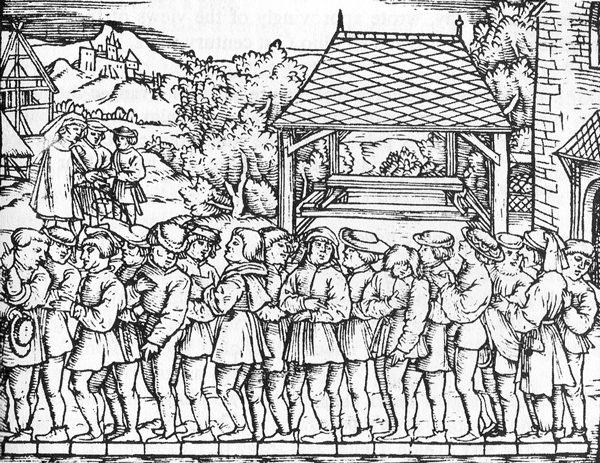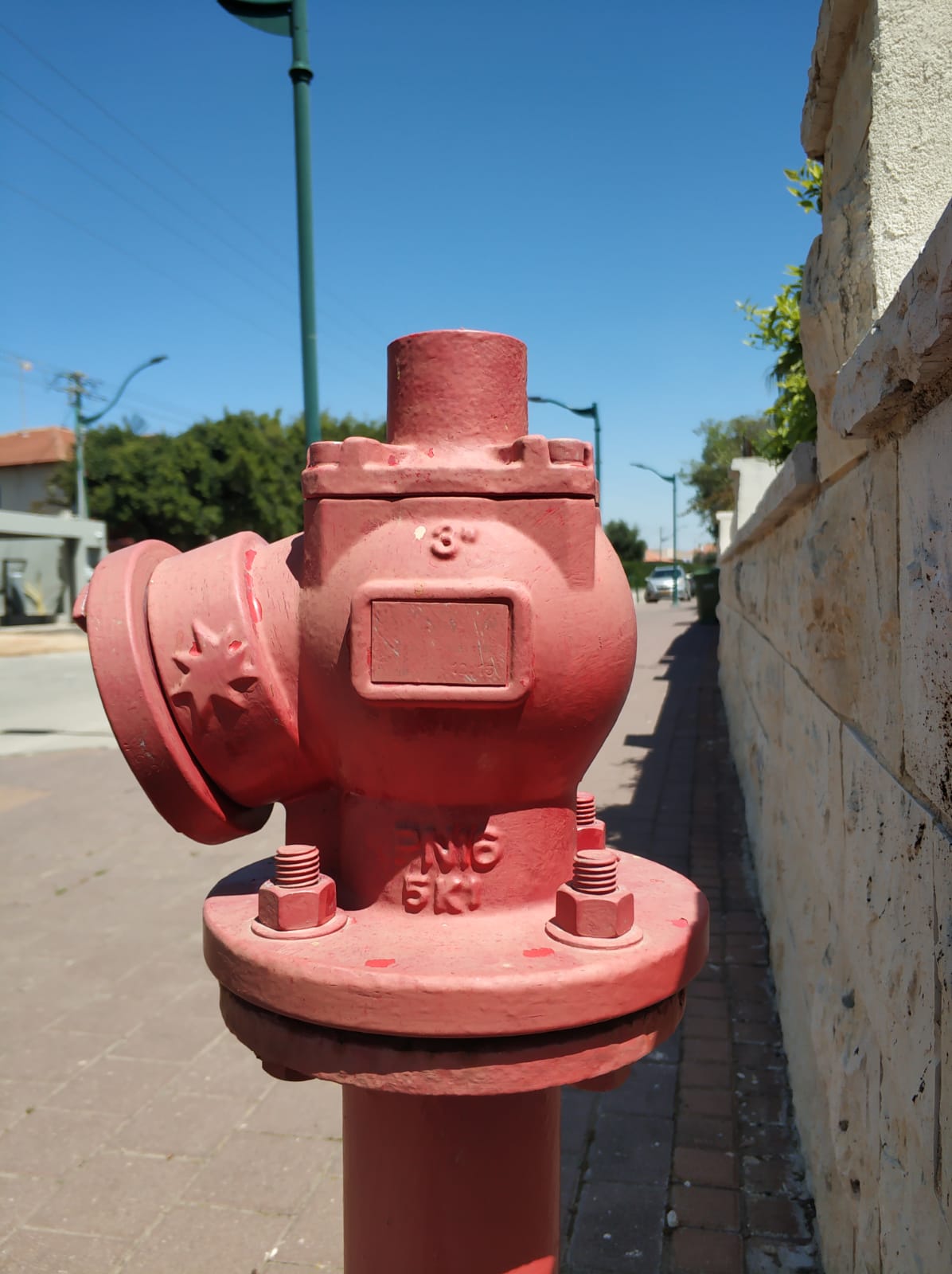|
Yard
The yard (symbol: yd) is an English unit of length in both the British imperial and US customary systems of measurement equalling 3 feet or 36 inches. Since 1959 it has been by international agreement standardized as exactly 0.9144 meter. A distance of 1,760 yards is equal to 1 mile. The US survey yard is very slightly longer. Name The term, ''yard'' derives from the Old English , etc., which was used for branches, staves and measuring rods. It is first attested in the late 7th century laws of Ine of Wessex, where the "yard of land" mentioned is the yardland, an old English unit of tax assessment equal to hide. Around the same time the Lindisfarne Gospels account of the messengers from John the Baptist in the Gospel of Matthew used it for a branch swayed by the wind. In addition to the yardland, Old and Middle English both used their forms of "yard" to denote the surveying lengths of or , used in computing acres, a distance now ... [...More Info...] [...Related Items...] OR: [Wikipedia] [Google] [Baidu] |
Mile
The mile, sometimes the international mile or statute mile to distinguish it from other miles, is a British imperial unit and United States customary unit of distance; both are based on the older English unit of length equal to 5,280 English feet, or 1,760 yards. The statute mile was standardised between the British Commonwealth and the United States by an international agreement in 1959, when it was formally redefined with respect to SI units as exactly . With qualifiers, ''mile'' is also used to describe or translate a wide range of units derived from or roughly equivalent to the Roman mile, such as the nautical mile (now exactly), the Italian mile (roughly ), and the Chinese mile (now exactly). The Romans divided their mile into 5,000 Roman feet but the greater importance of furlongs in Elizabethan-era England meant that the statute mile was made equivalent to or in 1593. This form of the mile then spread across the British Empire, some successor states of w ... [...More Info...] [...Related Items...] OR: [Wikipedia] [Google] [Baidu] |
English Units
English units are the units of measurement used in England up to 1826 (when they were replaced by Imperial units), which evolved as a combination of the Anglo-Saxon and Roman systems of units. Various standards have applied to English units at different times, in different places, and for different applications. Use of the term "English units" can be ambiguous, as, in addition to the meaning used in this article, it is sometimes used to refer to the units of the descendent Imperial system as well to those of the descendant system of United States customary units. The two main sets of English units were the Winchester Units, used from 1495 to 1587, as affirmed by King Henry VII, and the Exchequer Standards, in use from 1588 to 1825, as defined by Queen Elizabeth I. In England (and the British Empire), English units were replaced by Imperial units in 1824 (effective 1 January 1826) by a Weights and Measures Act, which retained many though not all of the unit names and redefined ... [...More Info...] [...Related Items...] OR: [Wikipedia] [Google] [Baidu] |
International Yard And Pound
The international yard and pound are two units of measurement that were the subject of an agreement among representatives of six nations signed on 1 July 1959: the United States, United Kingdom, Canada, Australia, New Zealand, and South Africa. The agreement defined the yard as exactly and the avoirdupois pound as exactly . History In October 1834, the United Kingdom Houses of Parliament were destroyed in a fire. Among the items lost were the objects that defined the imperial standards of length and mass. New prototypes were subsequently created to replace the items lost in the fire, among them a new "yardstick" ruler in 1855, and with it a new formal definition of the yard. Two copies of the ruler were subsequently presented to the United States, which in turn adopted the measure for the United States national standard yard. In 1866, the U.S. Congress passed a law that allowed, but did not require, the use of the metric system in trade and commerce. Included in the law ... [...More Info...] [...Related Items...] OR: [Wikipedia] [Google] [Baidu] |
Survey Foot
The foot ( feet), standard symbol: ft, is a unit of length in the British imperial and United States customary systems of measurement. The prime symbol, , is a customarily used alternative symbol. Since the International Yard and Pound Agreement of 1959, one foot is defined as 0.3048 meters exactly. In both customary and imperial units, one foot comprises 12 inches and one yard comprises three feet. Historically the "foot" was a part of many local systems of units, including the Greek, Roman, Chinese, French, and English systems. It varied in length from country to country, from city to city, and sometimes from trade to trade. Its length was usually between 250 mm and 335 mm and was generally, but not always, subdivided into 12 inches or 16 digits. The United States is the only industrialized nation that uses the international foot and the survey foot (a customary unit of length) in preference to the meter in its commercial, engi ... [...More Info...] [...Related Items...] OR: [Wikipedia] [Google] [Baidu] |
Foot (unit)
The foot ( feet), standard symbol: ft, is a unit of length in the British imperial and United States customary systems of measurement. The prime symbol, , is a customarily used alternative symbol. Since the International Yard and Pound Agreement of 1959, one foot is defined as 0.3048 meters exactly. In both customary and imperial units, one foot comprises 12 inches and one yard comprises three feet. Historically the "foot" was a part of many local systems of units, including the Greek, Roman, Chinese, French, and English systems. It varied in length from country to country, from city to city, and sometimes from trade to trade. Its length was usually between 250 mm and 335 mm and was generally, but not always, subdivided into 12 inches or 16 digits. The United States is the only industrialized nation that uses the international foot and the survey foot (a customary unit of length) in preference to the meter in its commercial, ... [...More Info...] [...Related Items...] OR: [Wikipedia] [Google] [Baidu] |
Imperial Units
The imperial system of units, imperial system or imperial units (also known as British Imperial or Exchequer Standards of 1826) is the system of units first defined in the British Weights and Measures Act 1824 and continued to be developed through a series of Weights and Measures Acts and amendments. The imperial system developed from earlier English units as did the related but differing system of customary units of the United States. The imperial units replaced the Winchester Standards, which were in effect from 1588 to 1825. The system came into official use across the British Empire in 1826. By the late 20th century, most nations of the former empire had officially adopted the metric system as their main system of measurement, but imperial units are still used alongside metric units in the United Kingdom and in some other parts of the former empire, notably Canada. The modern UK legislation defining the imperial system of units is given in the Weights and Measures ... [...More Info...] [...Related Items...] OR: [Wikipedia] [Google] [Baidu] |
Rod (unit)
The rod, perch, or pole (sometimes also lug) is a surveyor's tool and unit of length of various historical definitions, often between approximately 3 and 8 meters (9 ft 10 in and 26 ft 2 in). In modern US customary units it is defined as US survey feet, equal to exactly of a surveyor's mile, or a quarter of a surveyor's chain ( yards), and is approximately 5.0292 meters. The rod is useful as a unit of length because whole number multiples of it can form one acre of square measure (area). The 'perfect acre' is a rectangular area of 43,560 square feet, bounded by sides 660 feet (a furlong) long and 66 feet wide (220 yards by 22 yards) or, equivalently, 40 rods and 4 rods. An acre is therefore 160 square rods or 10 square chains. The name ''perch'' derives from the Ancient Roman unit, the ''pertica''. The measure also has a relationship with the military pike of about the same size. Both measures date from the sixteenth century, when the pike was stil ... [...More Info...] [...Related Items...] OR: [Wikipedia] [Google] [Baidu] |
Virgate
The virgate, yardland, or yard of land ( la, virgāta was an English unit of land. Primarily a measure of tax assessment rather than area, the virgate was usually (but not always) reckoned as hide and notionally (but seldom exactly) equal to 30 acres. It was equivalent to two of the Danelaw's oxgangs. __NOTOC__ Name The name derives from the Old English ' ("yard of land"), from "yard"'s former meaning as a measuring stick employed in reckoning acres (cf. rod). The word is etymologically unrelated to the yard of land around a dwelling. "Virgate" is a much later retronym, anglicizing the yardland's latinized form ''virgāta'' after the advent of the yard rendered the original name ambiguous. History The virgate was reckoned as the amount of land that a team of two oxen could plough in a single annual season. It was equivalent to a quarter of a hide, so was nominally thirty acres. In some parts of England, it was divided into four nooks ( enm, noke; lat-med, noca). ... [...More Info...] [...Related Items...] OR: [Wikipedia] [Google] [Baidu] |
Inch
Measuring tape with inches The inch (symbol: in or ″) is a unit of length in the British imperial and the United States customary systems of measurement. It is equal to yard or of a foot. Derived from the Roman uncia ("twelfth"), the word ''inch'' is also sometimes used to translate similar units in other measurement systems, usually understood as deriving from the width of the human thumb. Standards for the exact length of an inch have varied in the past, but since the adoption of the international yard during the 1950s and 1960s the inch has been based on the metric system and defined as exactly 25.4 mm. Name The English word "inch" ( ang, ynce) was an early borrowing from Latin ' ("one-twelfth; Roman inch; Roman ounce"). The vowel change from Latin to Old English (which became Modern English ) is known as umlaut. The consonant change from the Latin (spelled ''c'') to English is palatalisation. Both were features of Old English phonology; see ... [...More Info...] [...Related Items...] OR: [Wikipedia] [Google] [Baidu] |
Metre
The metre ( British spelling) or meter ( American spelling; see spelling differences) (from the French unit , from the Greek noun , "measure"), symbol m, is the primary unit of length in the International System of Units (SI), though its prefixed forms are also used relatively frequently. The metre was originally defined in 1793 as one ten-millionth of the distance from the equator to the North Pole along a great circle, so the Earth's circumference is approximately km. In 1799, the metre was redefined in terms of a prototype metre bar (the actual bar used was changed in 1889). In 1960, the metre was redefined in terms of a certain number of wavelengths of a certain emission line of krypton-86. The current definition was adopted in 1983 and modified slightly in 2002 to clarify that the metre is a measure of proper length. From 1983 until 2019, the metre was formally defined as the length of the path travelled by light in a vacuum in of a second. After the 2019 ... [...More Info...] [...Related Items...] OR: [Wikipedia] [Google] [Baidu] |





